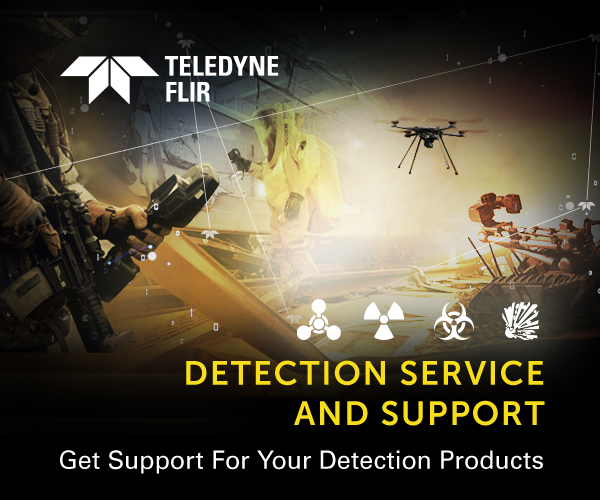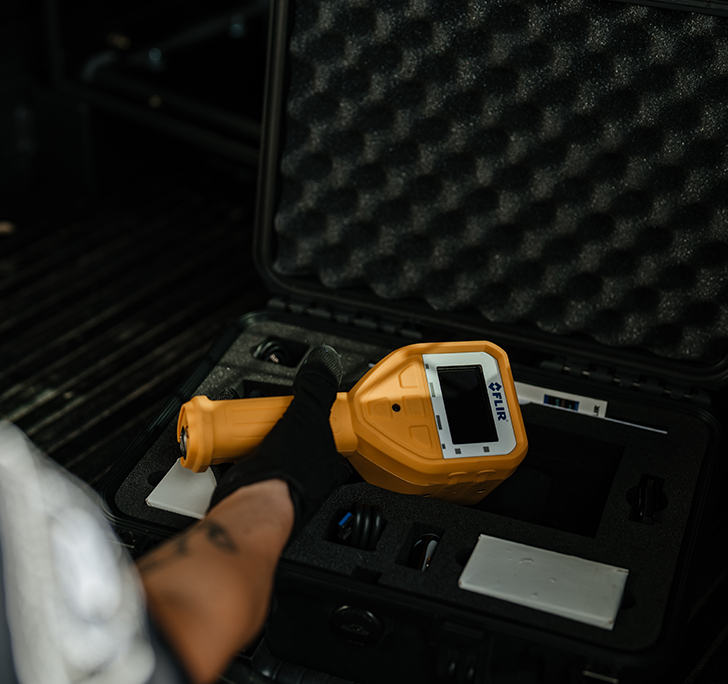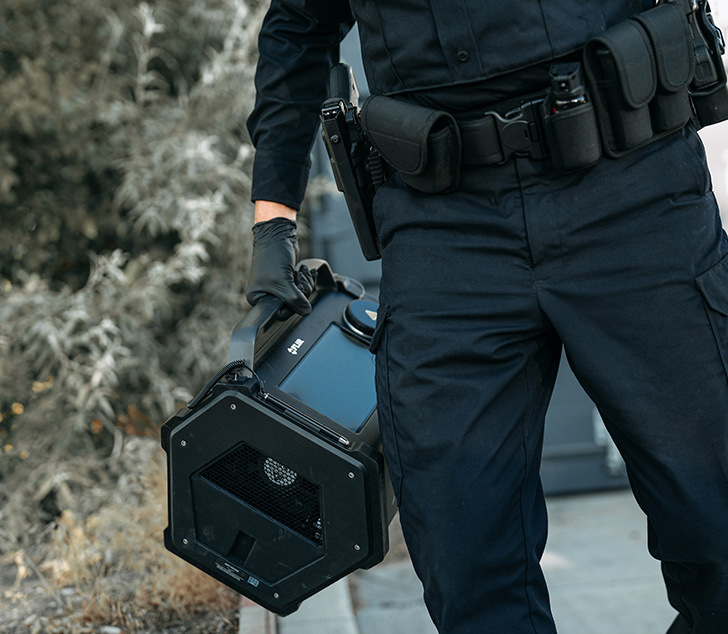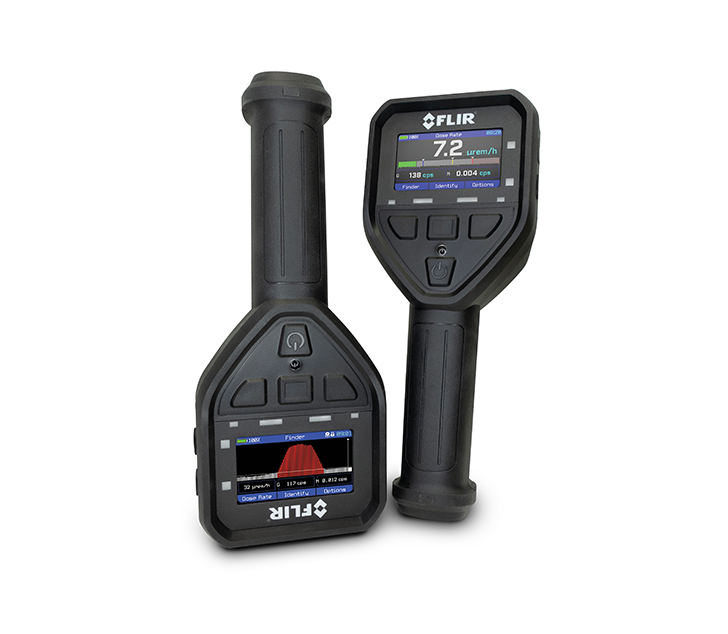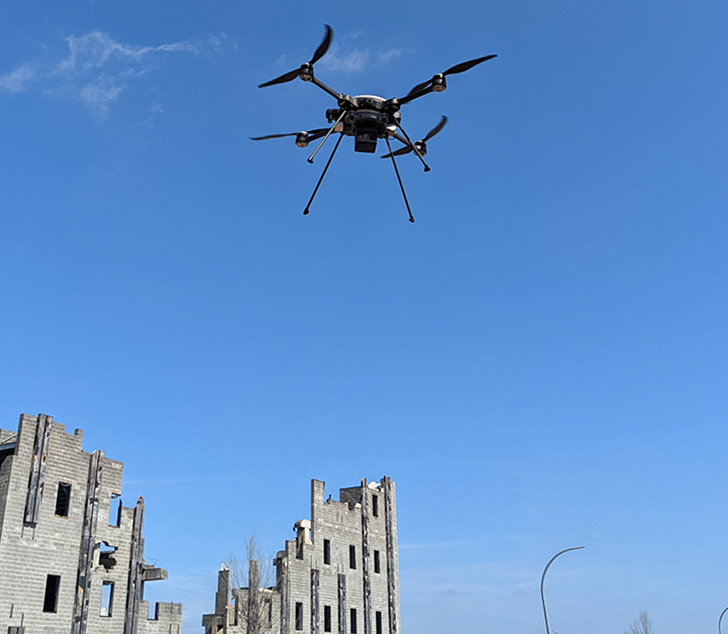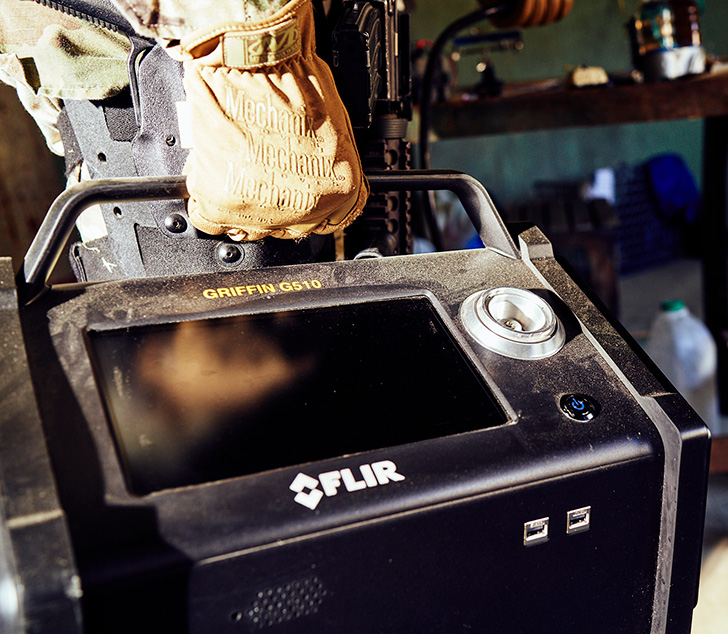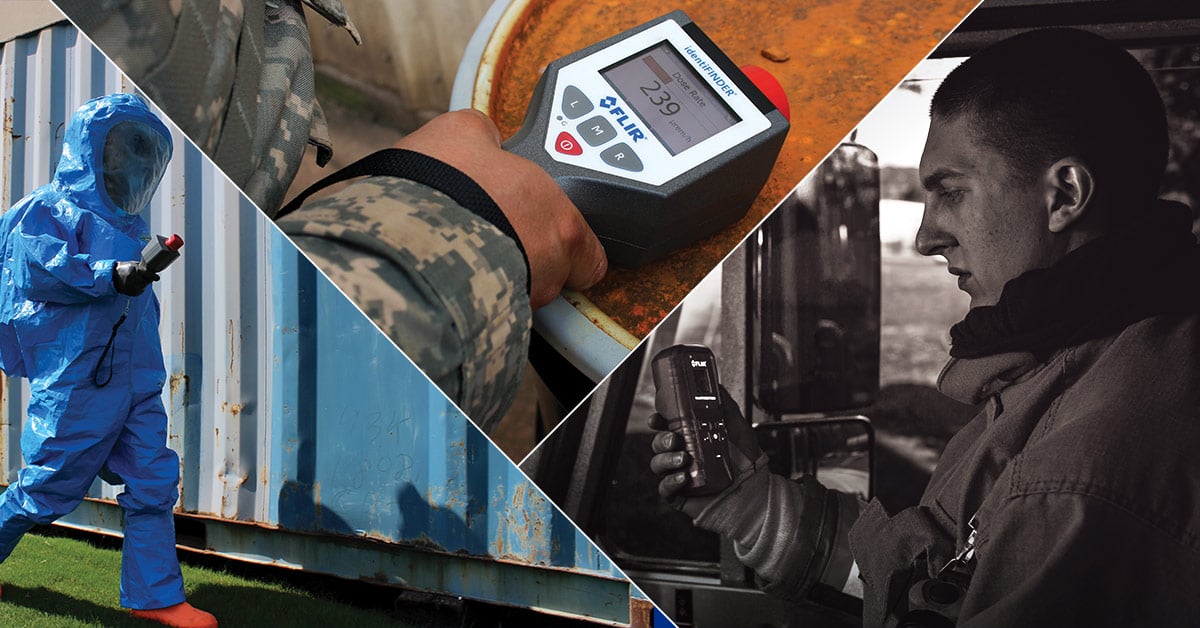Threat Detection
Teledyne FLIR safeguards people and property by providing tools that see and sense harmful CBRNE substances.


Chemical Detection
CBRNE and HAZMAT emergencies rarely occur in the safety of a laboratory – they can happen anywhere. Teledyne FLIR’s chemical sensors detect trace levels of chemical hazards (i.e. Chemical Warfare Agents (CWAs), Toxic Industrial Chemicals (TICs), etc.) and confirm their specific identity. Whether responding to a chemical attack or chemical accident, responders can act with confidence.
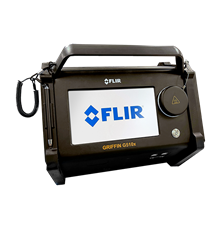

Biological Detection
Teledyne FLIR’s biological sensors provide early warning of aerosolized pathogenic microorganisms, minimizing long-term exposure from the release of biological agents (airborne bacteria including spores, viral, and protein toxins). Teledyne FLIR’s autonomous IBAC 2.0 continuously monitors the air for the presence of bio-threats, generating data in real-time to help track movement, and provide instantaneous reporting across outdoor areas and within facilities where its’ deployed. From critical infrastructure and other Government controlled access areas, to large public venues and mass transportation, Teledyne FLIR IBAC is routinely used in both continual sampling and as needed with targeted analyses.
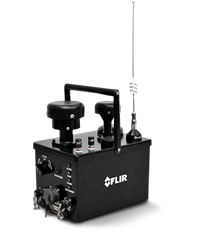

Radiation Detection
Teledyne FLIR’s radiation sensors detect, alarm, verify, locate, and identify radioactive material (gamma and neutron) in real-time. They come in a variety of form factors and sensitivities to meet mission requirements. Their common operating interface reduces training time and costs, while increasing operator confidence and interoperability between agencies using Teledyne FLIR products.

identiFINDER® R425 UW
Next Generation Radionuclide Identification Device for All Environments

Explosives Detection
Security professionals need advanced technologies to interdict explosives during combat, physical security, law enforcement, forensics, and anti-terrorism operations. Teledyne FLIR’s handheld explosives sensors detect a broad range of explosives with best-in-class sensitivity, while its desktop systems offer unparalleled accuracy to expedite frontline decision-making.
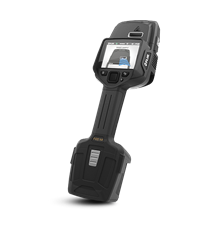
Service & Support
We are committed to providing our customers with quality products and services that continually meet and exceed their expectations. Our service organization is dedicated to upholding the company’s core values of quality, innovation, and trust through a product’s entire life cycle.
